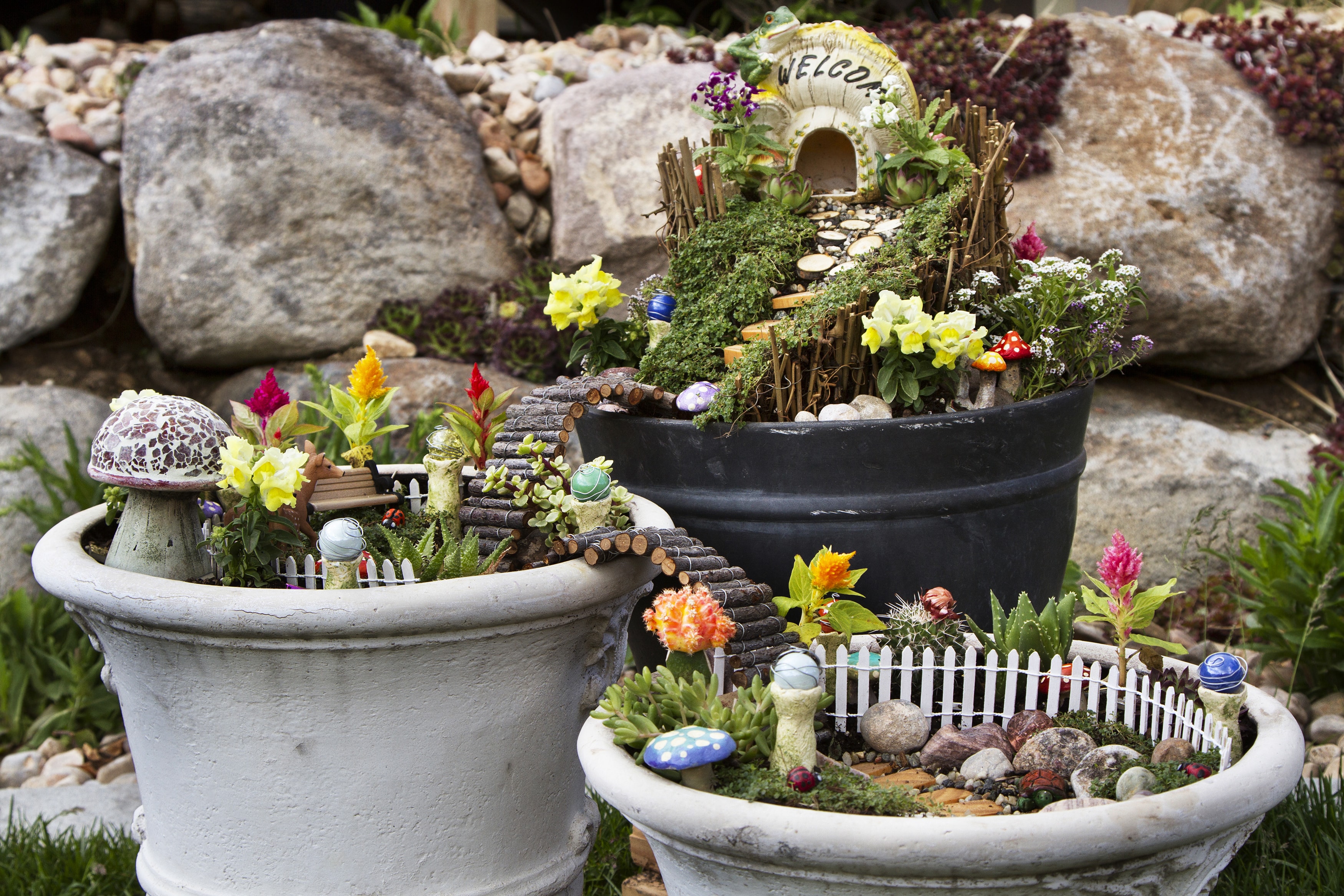

Articles
How To Build A Fairy Garden
Modified: January 19, 2024
Learn how to build a beautiful fairy garden with our comprehensive gardening guide. Discover tips, tricks, and inspiration for creating a magical outdoor space.
(Many of the links in this article redirect to a specific reviewed product. Your purchase of these products through affiliate links helps to generate commission for Storables.com, at no extra cost. Learn more)
Introduction
Welcome to the enchanting world of fairy gardens! These miniature landscapes have captured the imagination of gardeners and nature lovers everywhere. Whether you have a large backyard or a small balcony, creating a fairy garden can bring a touch of whimsy and magic to any space.
A fairy garden is a delightful way to express your creativity and nurture your love for gardening. It is a miniature world where fairies, magical creatures, and tiny plants coexist. Designing and crafting your own fairy garden allows you to create a unique and personalized space filled with wonder and enchantment.
In this article, we will guide you through the process of building a fairy garden from start to finish. We will cover everything from choosing the right location and container to selecting the perfect plants and decorative elements. So let’s dive in and unlock the secrets of creating a magical oasis!
Key Takeaways:
- Create a whimsical fairy garden by choosing the right location, container, and supplies. Let your creativity shine as you design a magical oasis filled with enchanting plants and decorative elements.
- Maintain your fairy garden’s beauty by regular watering, pruning, and grooming. Protect against pests and extreme conditions while enjoying the tranquility of your enchanting miniature landscape.
Read also: 14 Incredible Fairy Garden Walkway For 2024
Choosing the Right Location
When it comes to creating a fairy garden, choosing the right location is crucial. You want to find a spot that provides the perfect balance of sunlight, shade, and protection from harsh elements.
First, consider the amount of sunlight your chosen location receives. Most fairy garden plants thrive in partial shade or filtered light. Too much direct sunlight may cause them to wither or burn, while too much shade can impede their growth. Aim for a location that receives about 4-6 hours of sunlight per day.
Next, think about the environmental conditions in your area. Is it prone to strong winds or heavy rains? If so, you may want to select a more sheltered spot to protect your fairy garden from these elements. Additionally, consider the temperature fluctuations throughout the year. Some fairy garden plants may be more sensitive to extreme heat or cold, so choose a location that offers some protection from these weather conditions.
Another important factor to consider is accessibility. You’ll want to place your fairy garden in a location where you can easily reach it for maintenance and care. If your garden is too far away or difficult to access, it may become neglected over time.
Lastly, think about the overall aesthetic and purpose of your fairy garden. Do you want it to be a focal point in your backyard or a hidden gem in a nook or cranny? Consider the surrounding landscape and how the fairy garden will fit in with your existing outdoor decor. The location you choose should complement both the fairy garden and the overall design of your space.
Once you’ve considered all these factors, you can move on to the next step: selecting the perfect container for your fairy garden.
Selecting the Perfect Container
Now that you’ve chosen the perfect location for your fairy garden, it’s time to select the container that will hold this magical miniature world. The container you choose will not only define the overall look and feel of your fairy garden but also play a crucial role in its functionality and durability.
Here are a few things to consider when selecting the perfect container:
- Size: The size of the container is an important factor to consider. It should be large enough to accommodate the plants and decorative elements you plan to include in your fairy garden. At the same time, it should fit well in the chosen location and not overpower the surrounding space. Opt for a container that allows for creativity and design flexibility.
- Drainage: Proper drainage is essential for the health and longevity of your fairy garden. Choose a container with drainage holes or ensure that it has the ability to drain excess water. This will prevent waterlogged soil and root rot.
- Material: Fairy garden containers come in various materials, including ceramic, terracotta, wood, metal, and plastic. Each material has its own advantages and considerations. Ceramic and terracotta pots are aesthetically pleasing but may be more prone to breakage. Wood containers provide a natural and rustic feel but may require more maintenance. Metal and plastic containers offer durability and versatility but may require additional insulation to protect the plants from extreme temperatures.
- Theme and Style: Consider the overall theme and style of your fairy garden when selecting a container. If you are creating a whimsical fairy village, a charming cottage-style container may be appropriate. For a more modern and contemporary look, sleek and minimalist containers can be chosen. The container should reflect the atmosphere you want to create in your fairy garden.
Remember, the container you choose will be the foundation of your fairy garden. Take the time to explore different options, visit local garden centers, and get creative. You may even repurpose old items such as a teacup, wheelbarrow, or wooden crate to add a unique touch to your fairy garden.
Once you have selected the perfect container, it’s time to gather the supplies you’ll need to bring your fairy garden to life.
Gathering Your Supplies
Now that you have chosen the location and container for your fairy garden, it’s time to gather the necessary supplies to bring your miniature landscape to life. Here’s a checklist of the essential supplies you will need:
- Potting Soil: Choose a high-quality potting soil that is well-draining and enriched with organic matter. This will provide a healthy growing environment for your fairy garden plants.
- Plants: Select a variety of miniature plants that are suitable for fairy gardens. Look for small-sized plants with interesting foliage, such as ferns, miniature roses, succulents, and groundcovers. Ensure that the plants you choose have similar light and water requirements to ensure they thrive together.
- Decorative Elements: Enhance the enchantment of your fairy garden with decorative elements such as miniature fairy figurines, tiny houses, stone pathways, fairy lights, and other whimsical accessories. Let your imagination run wild and choose items that fit your desired theme.
- Mulch or Gravel: Use a layer of mulch or gravel to cover the soil’s surface in your fairy garden. This helps retain moisture, suppresses weed growth, and adds a finished look to the overall design.
- Watering Can or Spray Bottle: Keep your fairy garden hydrated with a small watering can or spray bottle. Fairy gardens typically require lighter and more frequent watering, so these small-sized watering tools are ideal for precise and gentle watering.
- Small Garden Tools: Invest in a set of small-sized garden tools, such as a mini shovel, rake, and spade, to assist you in planting, maintaining, and grooming your fairy garden.
It’s also a good idea to gather any additional decorative materials or personal touches you want to incorporate into your fairy garden. This could include colorful pebbles, seashells, miniature fences, or even tiny birdhouses. The key is to let your creativity shine and make your fairy garden truly unique.
Before you start planting and arranging your fairy garden, take a moment to prepare the soil and layout the design that you envision. This will ensure a smooth and organized process as you bring your miniature oasis to life.
Creating a Fairy Garden Layout
Now that you have gathered all the necessary supplies, it’s time to start creating the layout for your fairy garden. A well-planned layout is essential for a harmonious and visually pleasing miniature landscape. Here are some steps to help you create a fairy garden layout:
- Plan the Design: Before you start arranging the plants and decorative elements, take a moment to envision the overall design of your fairy garden. Decide on the placement of different items and the desired focal points. This will help you create a clear and cohesive layout.
- Consider Scale and Proportions: Pay attention to the scale and proportions of the elements in your fairy garden. Ensure that the plants and decorations are appropriately sized for the container and do not overpower each other. Creating different levels or layers can add depth and visual interest to your layout.
- Arrange the Plants: Start by planting the miniature plants in your fairy garden. Consider their growth habits, colors, and textures when deciding on their placement. Arrange taller plants towards the back or center of the container, and shorter plants towards the front or edges. This will create a sense of depth and dimension in your fairy garden.
- Add Decorative Elements: Once the plants are in place, begin adding the decorative elements to enhance the enchantment of your fairy garden. Place fairy figurines near paths or sitting areas, create miniature houses nestled among the plants, and sprinkle in stones or pebbles to add texture and visual appeal.
- Create Pathways: Incorporate stone or pebble pathways to guide the imaginary footsteps of the fairies. These pathways can create a sense of movement and lead the eye through different sections of your fairy garden.
- Balance and Harmony: Step back and assess the layout of your fairy garden. Ensure that the design has a sense of balance and harmony. Remove or rearrange any elements that disrupt the overall flow or feel crowded.
Remember, creating a fairy garden layout is an artistic process, and there are no strict rules. Let your creativity guide you and experiment with different arrangements until you achieve the desired look and feel.
Once you are satisfied with the layout, it’s time to prepare the soil and plant your fairy garden.
Choose a container with good drainage, use a high-quality potting mix, and select small plants that thrive in shade and moist soil for a successful fairy garden.
Read more: How To Build Garden Shed
Preparing the Soil
Before you start planting your fairy garden, it’s important to prepare the soil to provide the best growing conditions for your miniature plants. Proper soil preparation will ensure that your plants receive the necessary nutrients and have good drainage. Here are some steps to prepare the soil:
- Remove any debris: Clear the container of any debris such as rocks, sticks, or weeds. This will create a clean and fresh canvas for your fairy garden.
- Loosen the soil: Use a small garden trowel or your hands to gently loosen the soil in the container. This will help improve the aeration and drainage of the soil.
- Add organic matter: Incorporate organic matter such as compost or well-rotted manure into the soil. This will enrich the soil with nutrients and improve its structure. Mix the organic matter thoroughly with the existing soil.
- Level the soil: Ensure that the soil surface is level and even. This will provide a stable base for your plants and decorative elements.
- Water the soil: Before planting, give the soil a thorough watering. This will help settle the soil and provide moisture for the newly planted plants.
Preparing the soil is a crucial step in creating a healthy and thriving fairy garden. The quality of the soil directly affects the growth and overall health of your plants. Taking the time to properly prepare the soil will greatly increase the success of your fairy garden.
Now that the soil is ready, it’s time to plant your miniature plants and bring your fairy garden to life!
Planting Your Fairy Garden
Now comes the exciting part – planting your fairy garden! As you bring your miniature landscape to life, it’s essential to carefully plant your chosen plants to ensure their health and vitality. Follow these steps to properly plant your fairy garden:
- Arrange the Plants: Start by arranging the miniature plants in your fairy garden layout. Experiment with different placements until you achieve a visually appealing arrangement. Remember to consider the plants’ growth habits, colors, and textures when deciding on their placement.
- Prepare the Planting Holes: Use your fingers or a small garden trowel to create planting holes for the plants. Make sure the holes are deep and wide enough to accommodate the plant’s roots without bending or crowding.
- Remove the Plants from their Containers: Gently remove the plants from their nursery containers, being careful not to damage the roots. Lightly tease the roots apart if they appear tightly wound.
- Plant the Miniature Plants: Place each plant into its designated hole, ensuring that the soil level of the plant matches the soil level of the garden. Fill in the gaps around the plant with soil and gently press down to secure it in place. Repeat this step for all the plants in your fairy garden.
- Water the Plants: Once all the plants are planted, give them a thorough watering. This will help settle the soil, eliminate air pockets, and provide much-needed moisture for the plants’ roots to establish.
- Apply Mulch or Gravel: After watering, apply a layer of mulch or gravel around the base of the plants. This will help conserve moisture, suppress weed growth, and add a finished look to your fairy garden.
As you plant your miniature plants, remember to handle them with care and avoid damaging the fragile roots. It’s important to water your fairy garden regularly, ensuring that the soil remains moist but not waterlogged. Be mindful of the specific care requirements of each plant and adjust your watering routine accordingly.
With the plants in the ground, it’s time to add the final touches and bring even more magic to your fairy garden. Let’s explore the realm of decorative elements!
Adding Decorative Elements
Now that your fairy garden is planted and flourishing, it’s time to add the finishing touches that will truly bring it to life. Decorative elements play a vital role in creating a whimsical and enchanting atmosphere in your miniature landscape. Here are some ideas for adding decorative elements to your fairy garden:
- Fairy Figurines: Place miniature fairy figurines strategically throughout your fairy garden. They can be positioned on rocks, nestled among the plants, or even perched on mushroom-shaped decorations. These tiny fairies will add a touch of magic and whimsy to your garden.
- Fairy Houses: Create miniature houses or charming cottages for your fairies to dwell in. You can use materials such as clay, wood, or resin to build or purchase pre-made fairy houses. Position them in cozy spots within your garden to create a sense of home for the fairies.
- Pathways and Walkways: Use small stones, pebbles, or miniature pavers to create pathways or walkways in your fairy garden. These pathways can lead to fairy houses, seating areas, or scenic spots within the garden. They add a sense of movement and invite imagination to wander.
- Water Features: Adding a miniature pond, stream, or fountain creates a serene and tranquil atmosphere in your fairy garden. You can use a small container to hold water or create a flowing effect with clear resin or reflective materials. The sound of trickling water will provide a soothing ambiance.
- Miniature Furniture and Décor: Enhance the tiny world within your fairy garden by adding miniature furniture, such as benches, tables, and chairs. You can also include charming accessories like lanterns, bird baths, or even tiny birdhouses. These details bring a sense of realism and charm to the garden.
- Lighting: Illuminate your fairy garden with small fairy lights or LED tea lights. These subtle lighting elements create a magical ambiance in the evening, highlighting the beauty of your miniature landscape.
Remember to consider the overall theme and aesthetics of your fairy garden when selecting and placing decorative elements. Let your creativity shine and arrange the elements in a way that tells a story and sparks the imagination.
By adding these decorative elements, you create an enchanting world where fairies, magical creatures, and humans can come together in harmony.
With your fairy garden complete, it’s important to know how to maintain it to ensure its long-term health and beauty. Let’s explore some maintenance tips in the next section!
Maintaining Your Fairy Garden
Once you have created your magical fairy garden, it’s important to maintain it to keep it thriving and looking its best. Regular maintenance will help ensure that your plants stay healthy and the enchanting atmosphere of your fairy garden remains intact. Here are some essential tips for maintaining your fairy garden:
- Watering: Check the moisture level of the soil regularly and water your fairy garden as needed. Avoid overwatering, as it can lead to root rot and other plant health issues. Use a watering can or spray bottle to gently water the plants, making sure to reach the root zone.
- Pruning and Grooming: Regularly prune your plants to maintain their shape and prevent overgrowth. Remove any dead or yellowing leaves and trim back any unruly branches. In addition, groom the garden by removing fallen debris, such as leaves or petals, to keep it neat and tidy.
- Fertilizing: Some fairy garden plants may benefit from occasional fertilization. Use a diluted liquid fertilizer specifically designed for potted plants or miniature gardens. Follow the instructions on the package and be careful not to over-fertilize, as it can harm the plants.
- Weed Control: Keep an eye out for any weeds that may sprout in your fairy garden. Remove them as soon as possible to prevent competition for nutrients and space. Gently pull out the weeds by hand or use a small garden tool.
- Monitor Pest and Disease: Regularly inspect your plants for any signs of pests or diseases. Common pests in fairy gardens include aphids, mealybugs, and spider mites. If you notice any issues, treat them immediately using organic pest control methods or consult with a gardening professional.
- Protect from Extreme Conditions: During periods of extreme heat, move your fairy garden to a shadier location to prevent the plants from being scorched. Likewise, during freezing temperatures, bring the garden indoors or provide insulation to protect against frost damage.
- Repositioning and Redesigning: Over time, you may decide to reposition or redesign your fairy garden. Feel free to make changes and experiment with different layouts or decorative elements. This allows for creativity and ensures ongoing enjoyment of your miniature oasis.
By following these maintenance tips, you can keep your fairy garden thriving and vibrant throughout the seasons. Regular care and attention will help maximize the longevity and beauty of your miniature landscape.
Now that you have the tools to maintain your fairy garden, it’s time to step back and marvel at the magical world you have created!
Read more: How To Build An Indoor Garden
Conclusion
Congratulations! You have successfully embarked on a journey into the enchanting world of fairy gardens. By following the steps outlined in this guide, you have learned how to choose the right location, select the perfect container, gather the necessary supplies, create a captivating layout, prepare the soil, plant your miniature garden, and add the finishing touches. Your fairy garden is now a whimsical and magical oasis that brings joy and wonder to your space.
Remember, the beauty of fairy gardens lies in their versatility and creative expression. Feel free to experiment with different plants, decorative elements, and themes to make your fairy garden uniquely yours. Let your imagination run wild as you envision the adventures and stories that unfold within this enchanting miniature world.
Don’t forget to maintain your fairy garden by watering, pruning, grooming, fertilizing when needed, and staying vigilant against pests and diseases. Regular care and attention will keep your fairy garden thriving and captivating for years to come.
Take some time to sit back and enjoy the beauty and tranquility of your fairy garden. It is a testament to your gardening skills, creativity, and love for nature. Share its magic with friends and family, and inspire others to create their own miniature oasis.
Thank you for joining us on this journey into the world of fairy gardens. We hope that this guide has sparked your imagination and provided you with the knowledge to create a breathtaking and whimsical outdoor space. Now, go forth and let the magic of your fairy garden inspire and delight!
Frequently Asked Questions about How To Build A Fairy Garden
Was this page helpful?
At Storables.com, we guarantee accurate and reliable information. Our content, validated by Expert Board Contributors, is crafted following stringent Editorial Policies. We're committed to providing you with well-researched, expert-backed insights for all your informational needs.

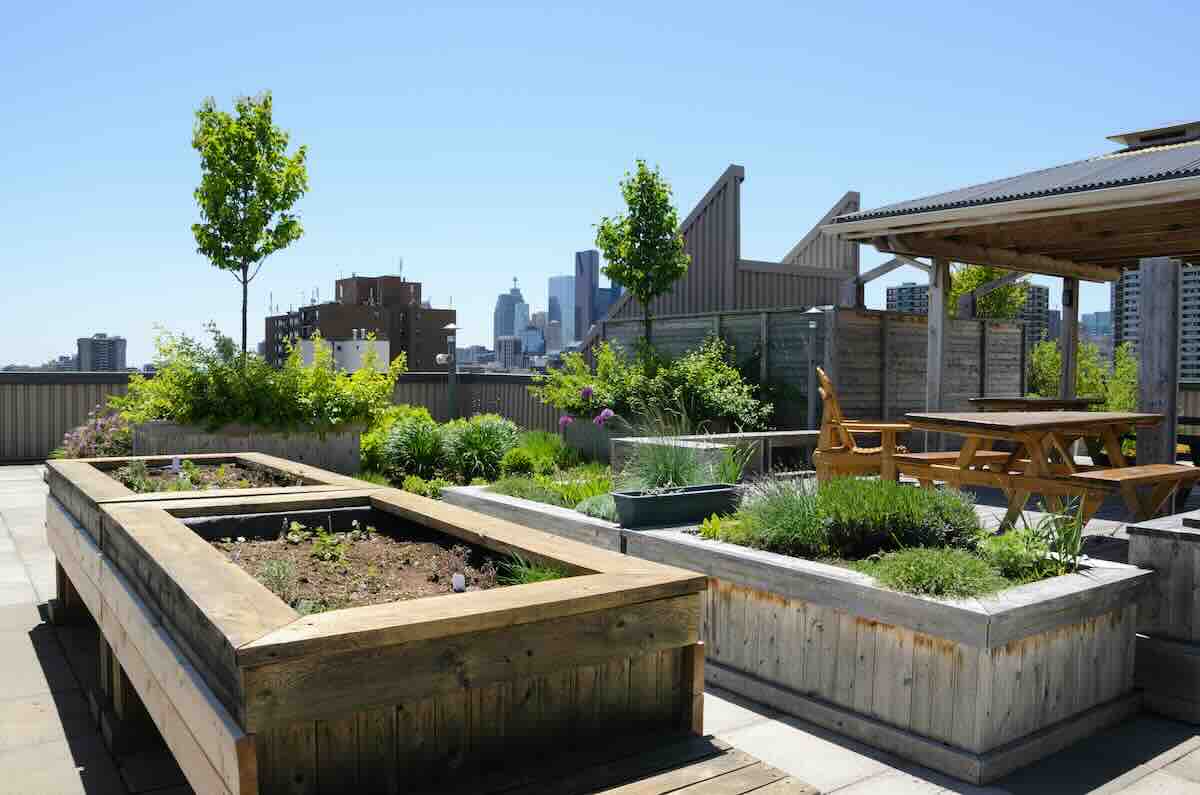
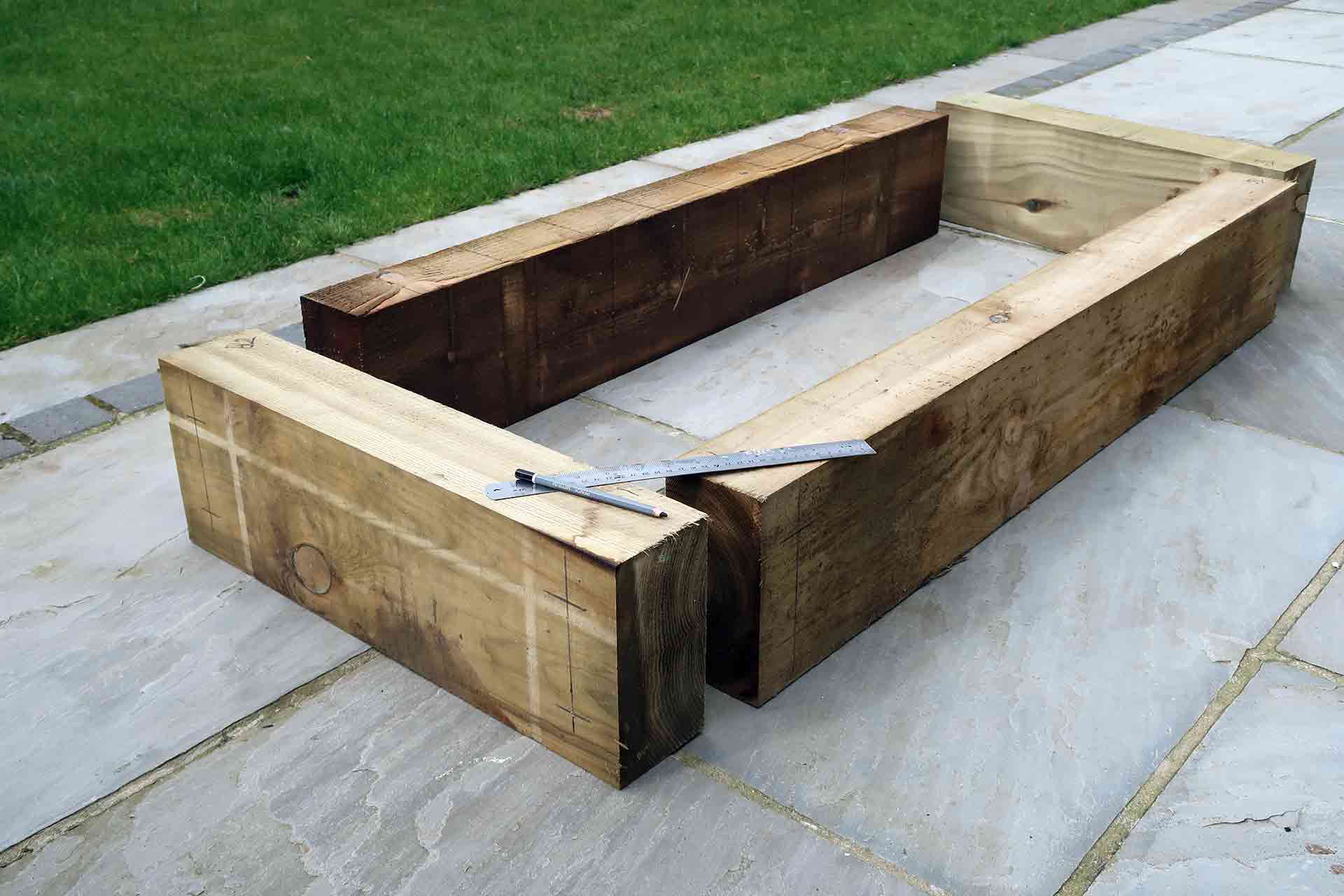
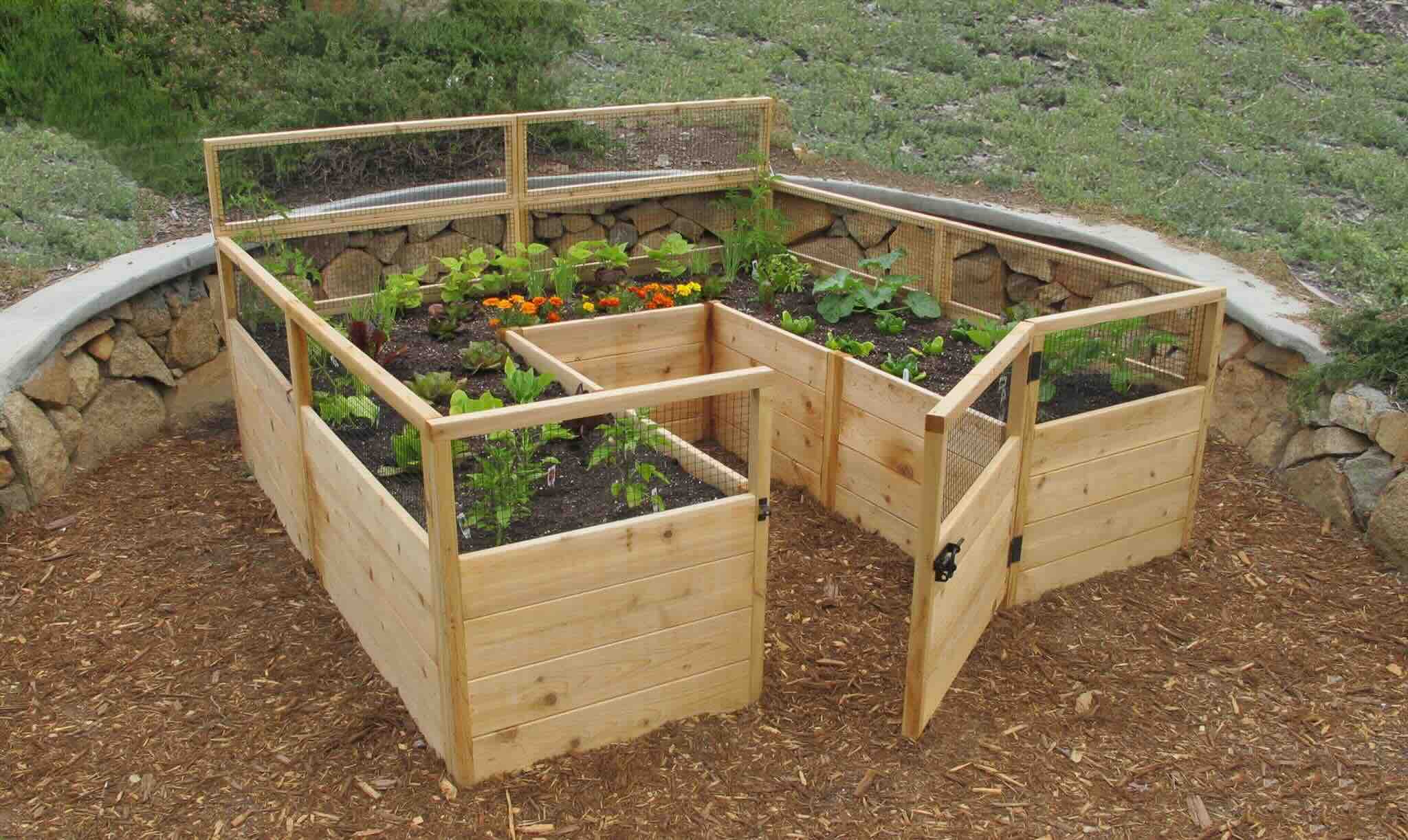
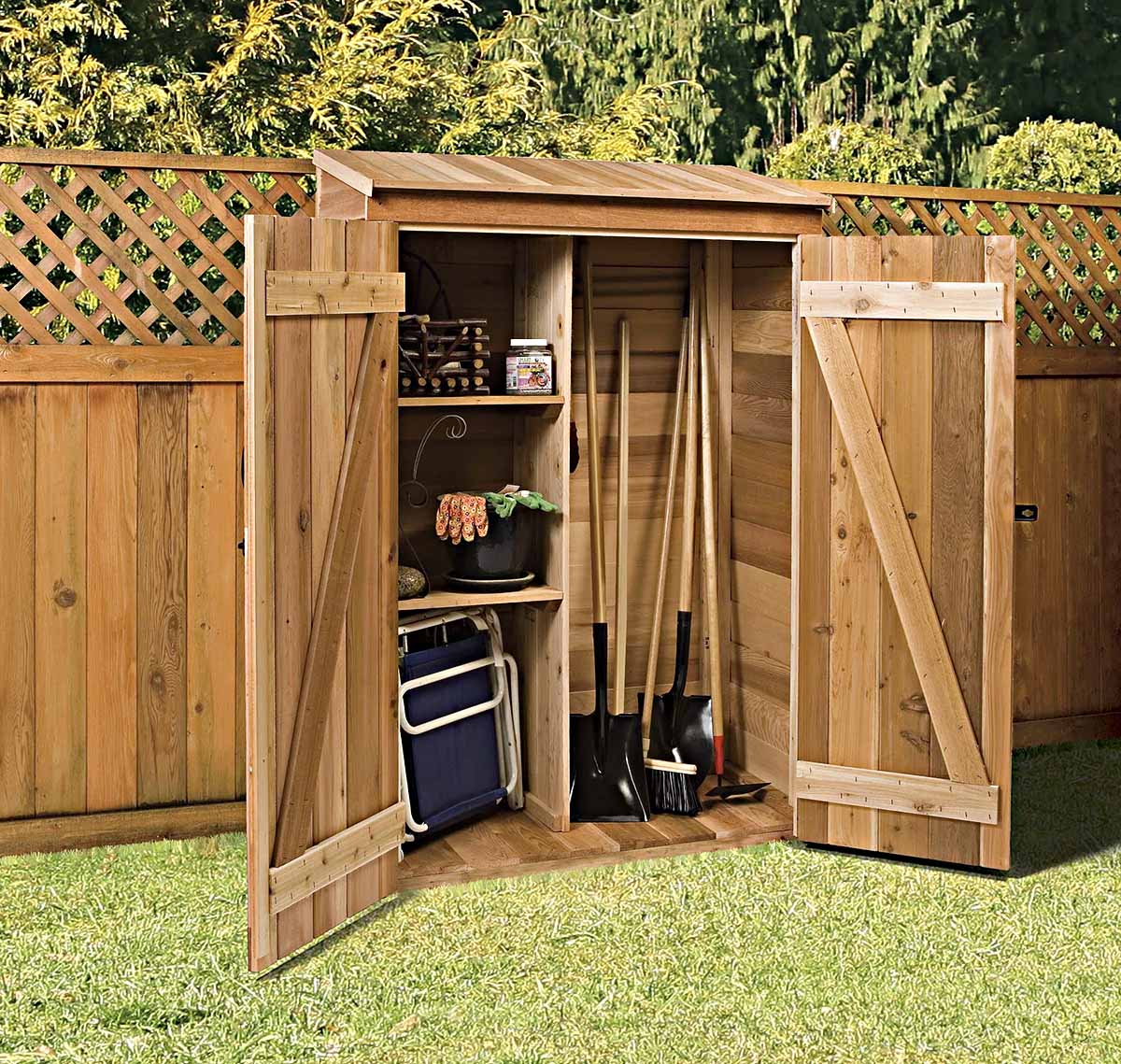
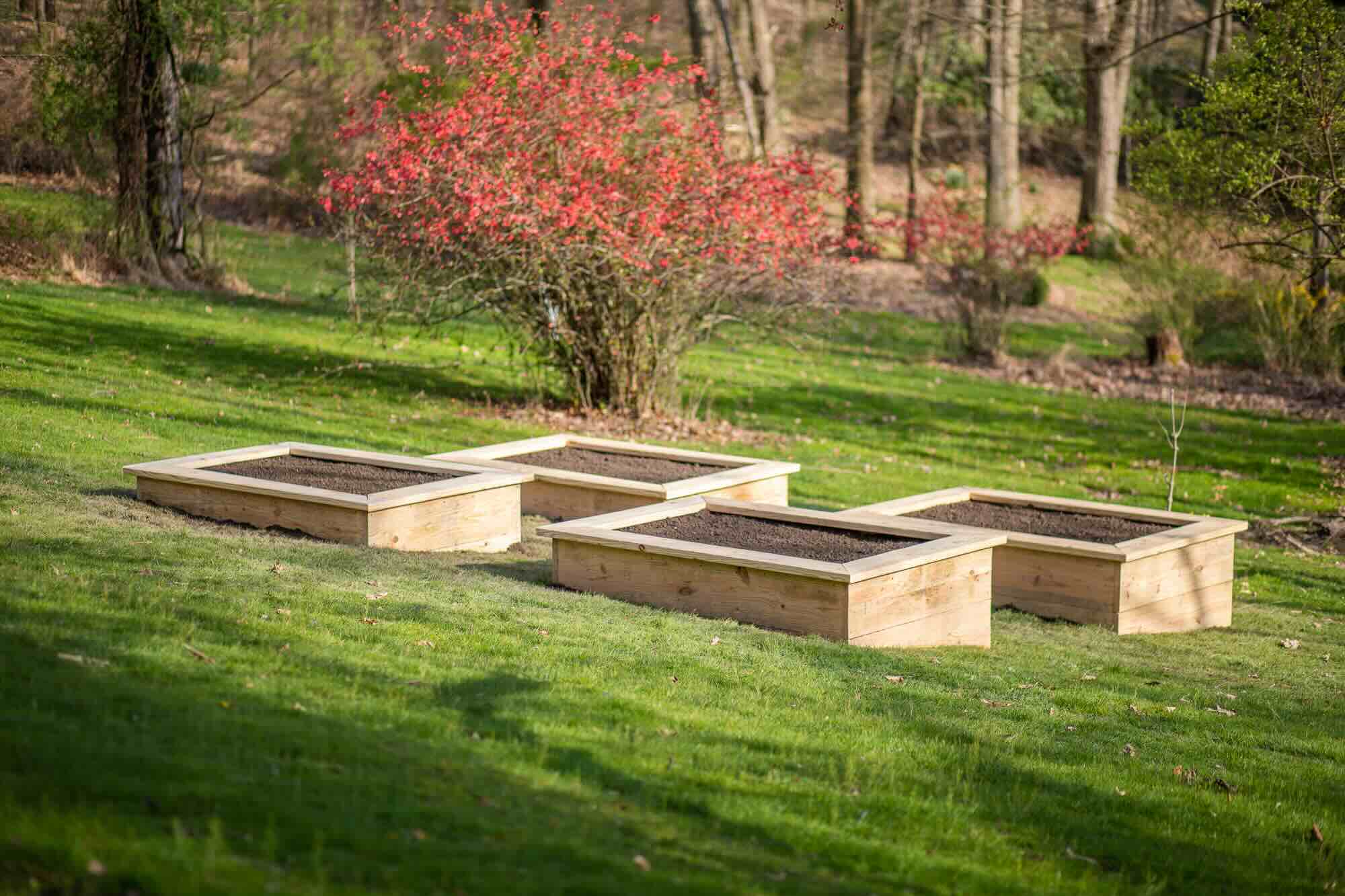
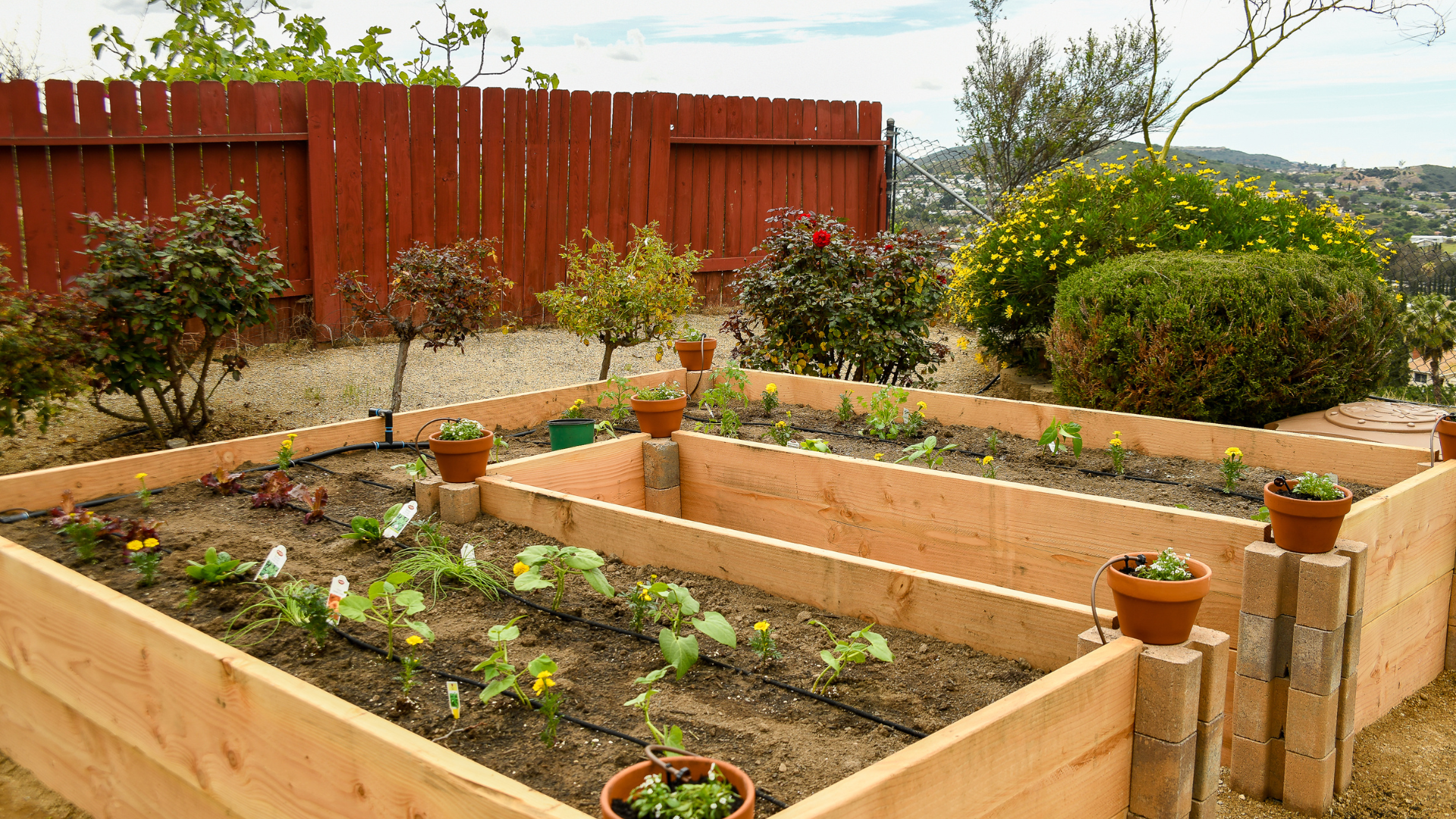
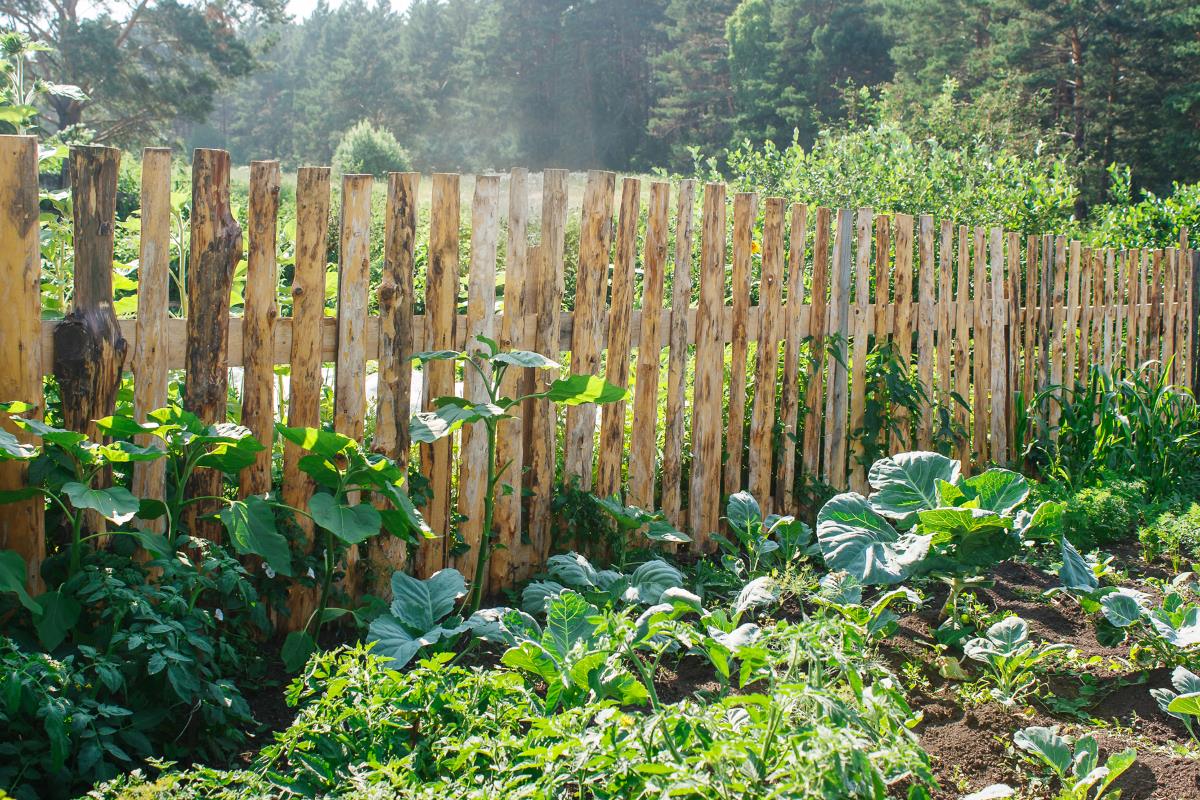
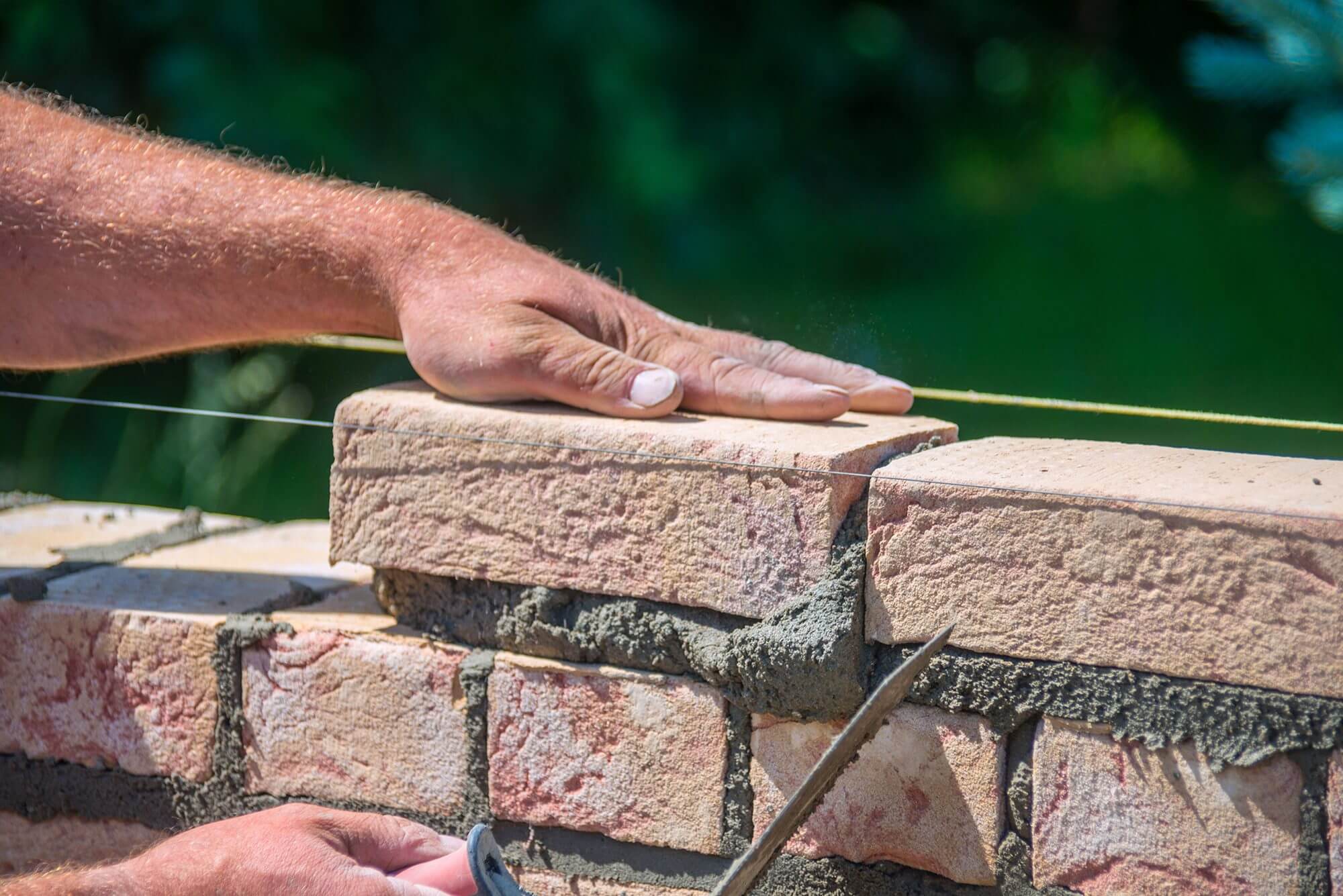
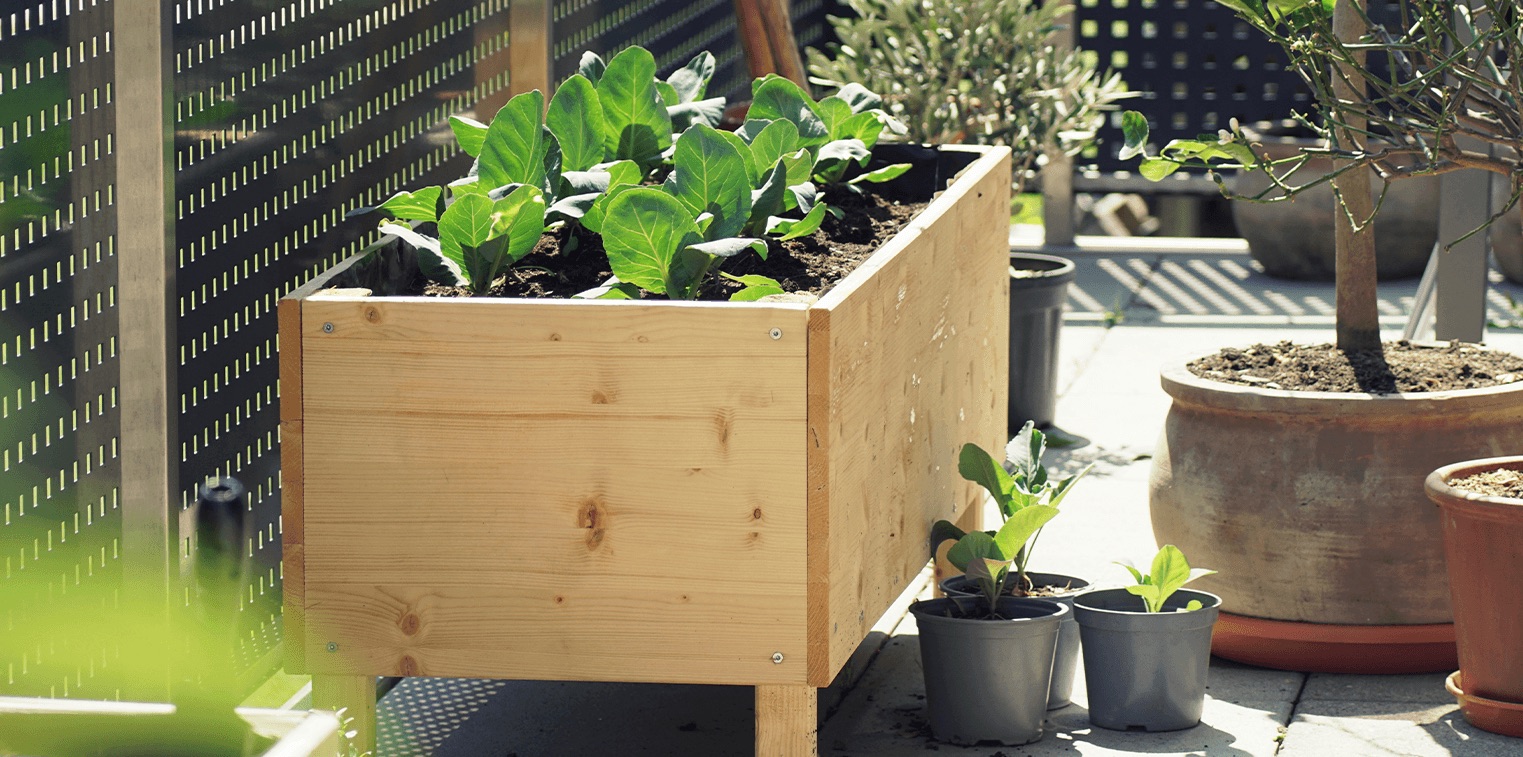
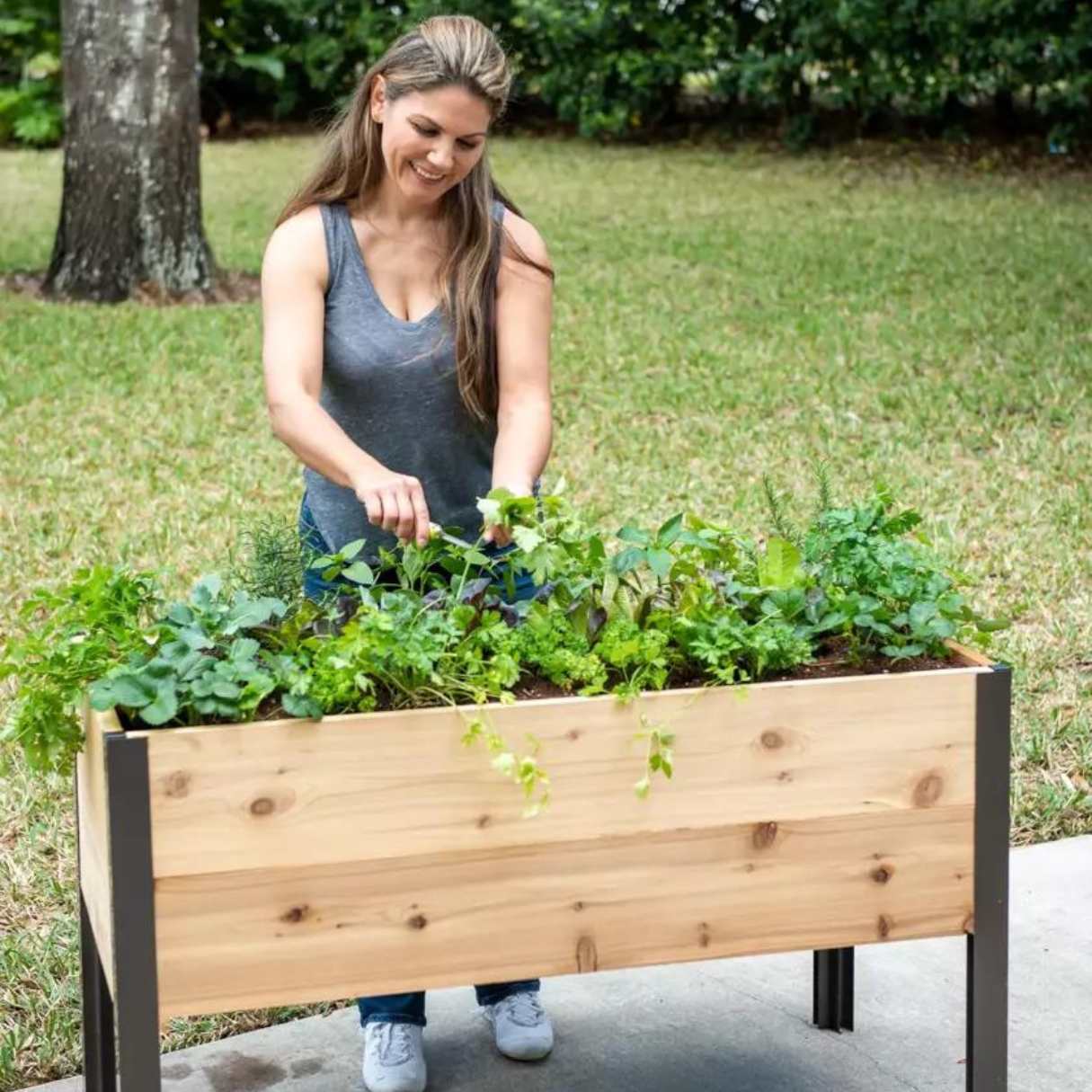
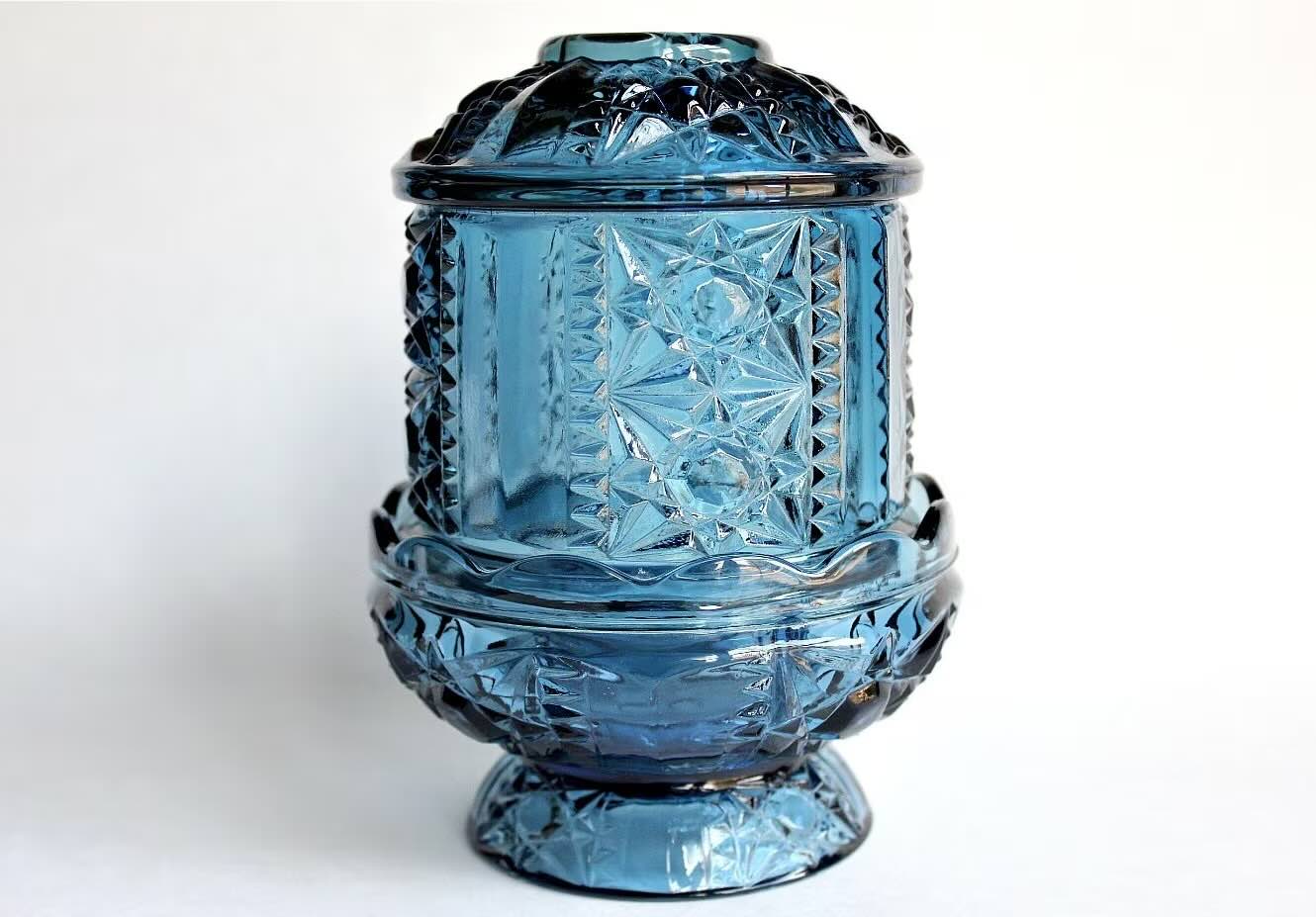


0 thoughts on “How To Build A Fairy Garden”